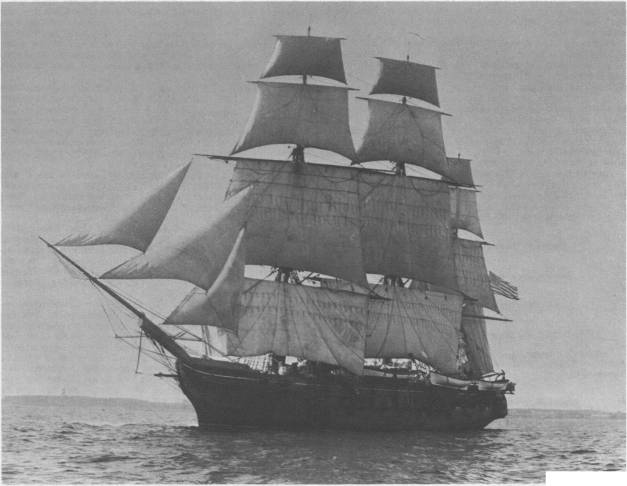Fritz Cove on:
[Wikipedia]
[Google]
[Amazon]
Fritz Cove is a

bay
A bay is a recessed, coastal body of water that directly connects to a larger main body of water, such as an ocean, a lake, or another bay. A large bay is usually called a ''gulf'', ''sea'', ''sound'', or ''bight''. A ''cove'' is a small, ci ...
on the northwestern coast of Douglas Island
Douglas Island () is a tidal island in the U.S. state of Alaska. It is part of the city and borough of Juneau, just west of downtown Juneau and east of Admiralty Island. It is separated from mainland Juneau by the Gastineau Channel, and contains ...
in the City and Borough of Juneau, Alaska
Alaska ( ) is a non-contiguous U.S. state on the northwest extremity of North America. Part of the Western United States region, it is one of the two non-contiguous U.S. states, alongside Hawaii. Alaska is also considered to be the north ...
, United States. Lying in Stephens Passage
Stephens Passage is a channel in the Alexander Archipelago in the southeastern region of the U.S. state of Alaska. It runs between Admiralty Island to the west and the Alaska mainland and Douglas Island to the east, and is about 170 km (10 ...
, it is northwest of the city of Juneau.
History
Historically, Fritz Cove was used for fishing by Alaska Natives, especially the Auke people. A summer camp named Aangoox̱a Yé was located at the mouth of Fish Creek. Scottish-American naturalistJohn Muir
John Muir ( ; April 21, 1838December 24, 1914), also known as "John of the Mountains" and "Father of the national park, National Parks", was a Scottish-born American naturalist, author, environmental philosopher, botanist, zoologist, glaciologi ...
camped at the bay on November 10, 1879.
The area was surveyed by the USS ''Jamestown'' in 1880; Lieutenant F. M. Symonds named the bay after his son. The name was first published by the United States Coast and Geodetic Survey
The United States Coast and Geodetic Survey ( USC&GS; known as the Survey of the Coast from 1807 to 1836, and as the United States Coast Survey from 1836 until 1878) was the first scientific agency of the Federal government of the United State ...
in 1881.
Geography
Fritz Cove andGastineau Channel
Gastineau Channel ( Lingít: ''Séet Ká'') is a channel between the mainland of the U.S. state of Alaska and Douglas Island in the Alexander Archipelago of southeastern Alaska. It separates Juneau on the mainland side from Douglas (now part ...
became linked in 1960 through a United States Army Corps of Engineers
The United States Army Corps of Engineers (USACE) is the military engineering branch of the United States Army. A direct reporting unit (DRU), it has three primary mission areas: Engineer Regiment, military construction, and civil wo ...
effort to dredge a navigation route.
Streams flowing into Fritz Cove include Cove Creek, Elevenmile Creek, and Fish Creek. Islands in the bay include Spuhn Island. Depths in the bay range from .

Dungeness crab
The Dungeness crab (''Metacarcinus magister'') makes up one of the most important seafood industries along the west coast of North America. Its typical range extends from Alaska's Aleutian Islands to Point Conception, near Santa Barbara, Califo ...
s, Tanner crab
''Chionoecetes'' is a genus of crabs that live in the northern Pacific and Atlantic Oceans.
Common names for crabs in this genus include "queen crab" (in Canada) and " spider crab". The generic name ''Chionoecetes'' means snow (, ') inhabitant ...
s, and king salmon
The Chinook salmon (''Oncorhynchus tshawytscha'') is the largest and most valuable species of Pacific salmon. Its common name is derived from the Chinookan peoples. Other vernacular names for the species include king salmon, quinnat salmon, spr ...
live in the cove; molting of the male Tanner crabs in the cove has been documented since the 1970s. Scoter
The scoters are stocky seaducks in the genus ''Melanitta''. The drakes are mostly black and have swollen bills, the females are brown. They breed in the far north of Europe, Asia, and North America, and bird migration, winter further south in te ...
s, grebe
Grebes () are aquatic diving birds in the order (biology), order Podicipediformes (). Grebes are widely distributed freshwater birds, with some species also found in sea, marine habitats during Bird migration, migration and winter. Most grebes f ...
s, merganser
''Mergus'' is the genus of the typical mergansers ( ) fish-eating ducks in the subfamily Anatinae. The genus name is a Latin word used by Pliny the Elder and other Roman authors to refer to an unspecified waterbird.
The common merganser (''Mer ...
s, and marbled murrelet
The marbled murrelet (''Brachyramphus marmoratus'') is a small seabird from the North Pacific. It is a member of the family Alcidae, which includes auklets, guillemots, murres and puffins. It nests in old-growth forests or on the ground at hig ...
s can also be seen in the area.
References
{{reflistFurther reading
* James, Bushrod Washington. ''Alaska: Its Neglected Past, Its Brilliant Future''. The Sunshine Publishing Company: Philadelphia, 1897. * Miller, Mike. ''Alaska's Southeast: Touring the Inside Passage''. Morris Book Publishing. Eleventh edition, 2008. Bays of Alaska Bodies of water of Juneau, Alaska